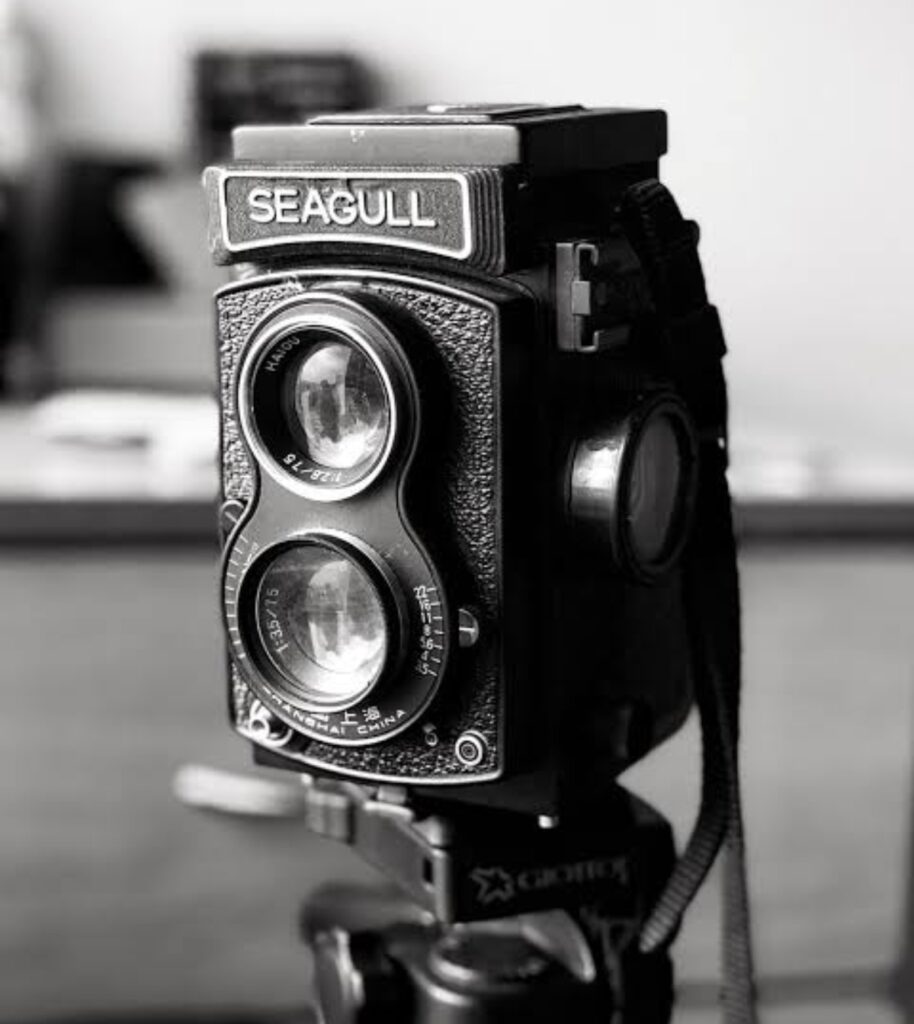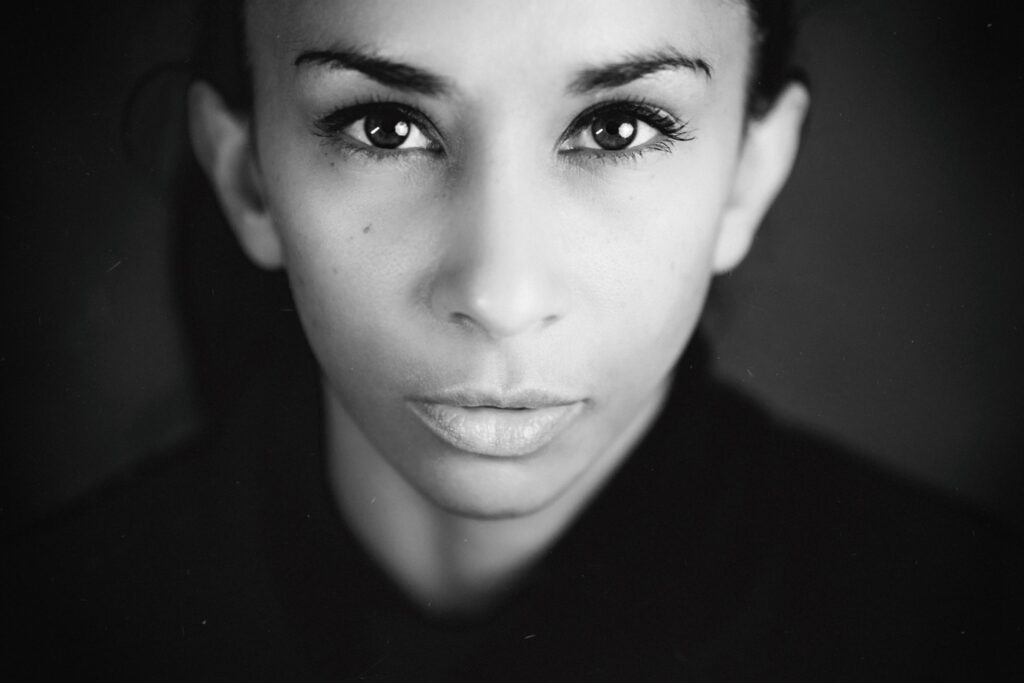Any photographer can tell you that black and white photography requires a different approach than shooting in color. The absence of color can simplify a scene, making it more striking and evocative. If you’re new to black and white photography, here is the guide book you need to get started.
1. Focus on Composition
The absence of color in black and white photography allows the viewer to concentrate on other elements of the image, such as the topic, textures, patterns, shapes, and composition. Therefore, you can utilize every composition strategy that you would use in color photography, such as the rule of thirds.
2. Look for Contrast
The monochromatic eye can predict how different colors and luminances appear in black and white. A novice can start by looking for contrast or pairing dark and light elements in a scene. Contrast is crucial to the visual impact of monochrome photographs. The human eye is designed to detect contrast, which may have aided our cavemen predecessors in distinguishing fruit from a canopy of leaves. This helps to explain why we still value black-and-white photography.
In monochrome, other aspects take center stage. Monochrome expresses form clearly, with lines and shapes standing out thanks to contrast and the absence of obtrusive color.
Extremely high contrast yet very dark (low key) or bright (high key) images are created by monochrome photography. Black and white photographs are also well adapted to difficult lighting situations like low light and “high noon” light because of the wide range of tonality (contrast) that is permitted.


3. Observe Texture
Black and white photography can benefit from the use of textures. Textures can stand out and attract the eye more when no colors are present in your photographs. Textures can also add interest or evoke a feeling in your black and white photographs.
Get close enough to your subject to capture the texture’s finer features. Repetition of patterns made of lines or shapes is a common feature of fascinating textures.
4. Explore Shapes
When photographing in black and white, you’ll pay more attention to shapes, another element of your composition. One of the first things viewers use to understand what they’re looking at when an image is devoid of color is its form. But you may also alter the tone of your black and white photographs by using forms as another element of your arrangement. You can convey movement by using circles and other rounded, non-cornered shapes. It is possible to feel more secure while using squares and rectangles. Diagonal lines are extremely useful for drawing the viewer’s eye across your design. The point of triangles often draws the viewer’s attention.
5. Play With The Tones
In black and white photography, “tone” can relate to the overall brightness and darkness of your image and the various shades of grey that make up your image. Your black and white photographs’ appearance and mood can be significantly altered by tone adjustments made with editing tools (like the Curves tool in Photoshop). Using black-and-white photography, pay attention to how your composition must vary to produce the desired look.
6. Set The Mood
Certain emotions can be evoked by black and white photography. Therefore, keeping that in mind while shooting is a good idea. You might need to put in extra work to change the mood of your B&W images. Otherwise, you risk creating a picture that lacks emotion and one that is dark and gloomy when you are looking for something else.


